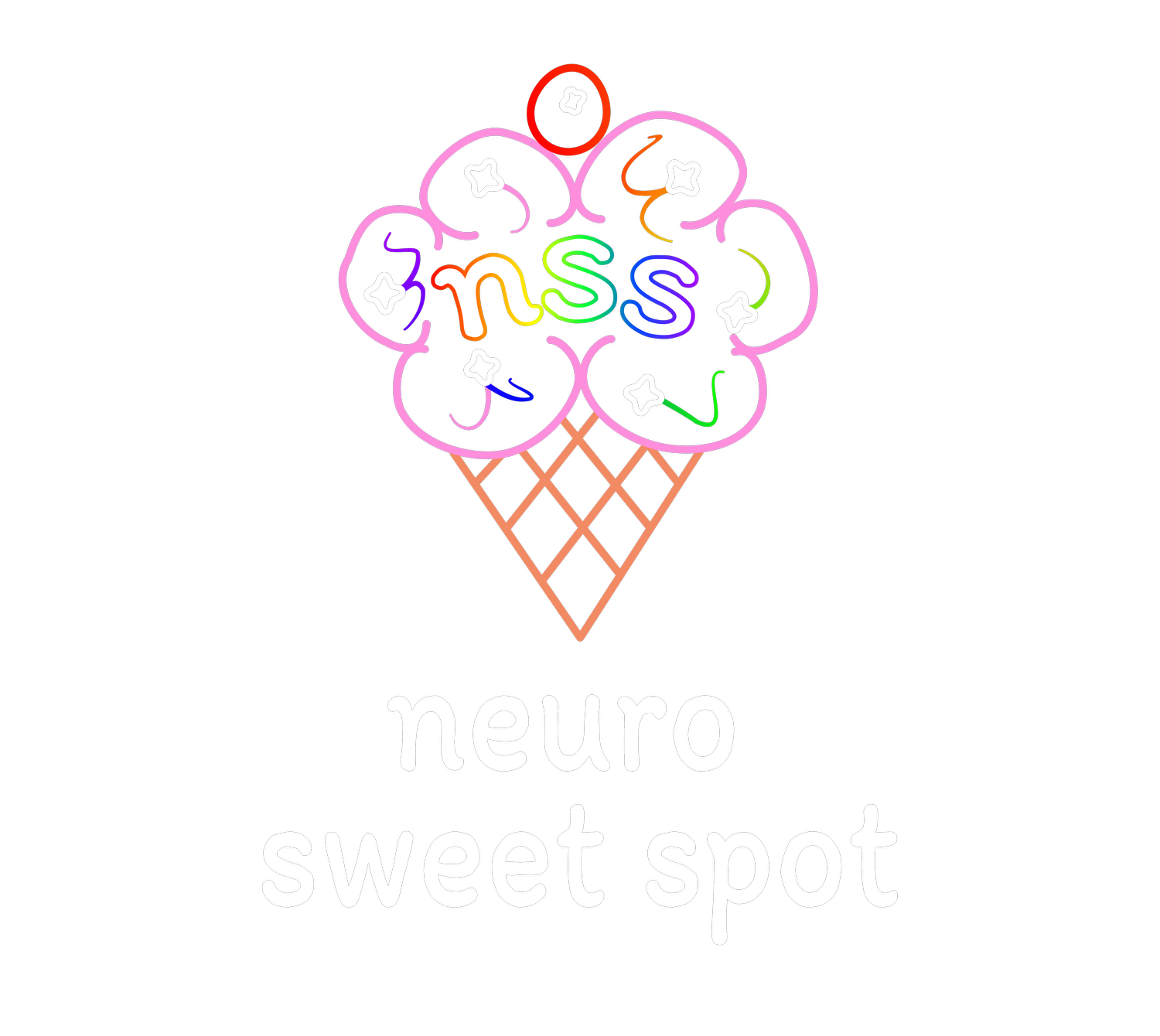
Education and Tools for Parents Learning about Neurodivergence For Their Kids
The Power of Language: Validating and Redirecting Neurodivergent Students
The way we communicate with neurodivergent students can make all the difference in fostering a sense of safety, trust, and engagement in the classroom. Many neurodivergent students experience heightened sensitivity to tone, phrasing, and perceived rejection. Simple shifts in language can help prevent meltdowns, build confidence, and create a more positive learning environment.
Instead of relying on rigid discipline or shutting down behaviors, educators can use validation and redirection—acknowledging a student’s needs or feelings while guiding them toward an appropriate action. Below is a bank of phrases to help reframe common classroom interactions in a way that respects neurodivergent processing while still maintaining structure and boundaries.
🚫 Instead of Saying “No” or “You Can’t…”
🔄 Try Saying…
• “Yes, we can do that after ____.” (Instead of: “No, you can’t do that right now.”)
• 🧠 Why? This acknowledges the student’s request while setting a boundary. Many neurodivergent students struggle with abrupt denials and need a bridge to the next step.
• Example: “Yes, you can sit on the floor after we finish this worksheet at our desks.”
• “That sounds like a great idea for later. Right now, we’re doing ____.”
• 🧠 Why? Helps students transition their focus without feeling dismissed.
• Example: “That’s a great story, and I want to hear it! Let’s finish this math problem first, and then you can share.”
• “I hear that you don’t want to do this. Let’s figure out a way that works for you.”
• 🧠 Why? Reduces power struggles and encourages collaboration.
• Example: “You don’t feel like writing right now? Let’s try drawing your ideas first, then adding words.”
🛑 Instead of: “Calm down.”
✅ Try: “Let’s take a break together.”
• 🧠 Why? Neurodivergent students often struggle with self-regulation. Telling them to “calm down” without guidance can escalate emotions. Offering co-regulation through a break, breathing, or grounding activity gives them a concrete action.
• Example: “Let’s take a deep breath and step away for a minute. Then we can figure this out together.”
⚡ Instead of: “You need to focus.”
✅ Try: “Let’s find a way to help you focus.”
• 🧠 Why? This shifts the responsibility from “you’re not trying” to “let’s problem-solve together.”
• Example: “Would a fidget or a movement break help you focus better?”
⏳ Instead of: “Hurry up!”
✅ Try: “Let’s take this step by step.”
• 🧠 Why? Many neurodivergent students struggle with processing speed and time perception. Rushing can trigger anxiety or shutdown.
• Example: “Let’s do the first three problems together, then check in.”
🔄 Instead of: “Why aren’t you listening?”
✅ Try: “Do you need me to repeat that in a different way?”
• 🧠 Why? Auditory processing differences mean students may miss verbal instructions, but it’s not intentional. Offering a different mode (visual, written, or a hands-on demo) helps them engage.
• Example: “Would it help if I wrote this on the board, or showed you a quick example?”
🤝 Instead of: “Stop fidgeting!”
✅ Try: “Do you need something to help your body focus?”
• 🧠 Why? Fidgeting, rocking, or doodling is often a self-regulation tool, not a sign of distraction. Providing alternative movement-based solutions supports focus without shutting them down.
• Example: “You seem like you need to move. Want to stand or use a wiggle cushion?”
🏆 Instead of: “Good job!” (General Praise)
✅ Try: “I really liked the way you ____.” (Specific Praise)
• 🧠 Why? Neurodivergent students often benefit from detailed feedback to reinforce what they did well.
• Example: “I really liked how you stuck with that problem even when it was tricky. That shows great problem-solving!”
🔄 The Goal: Connection, Not Control
By reframing how we validate and redirect neurodivergent students, we create a classroom where students feel heard, supported, and motivated to engage. These small changes in phrasing help students navigate challenges while maintaining a sense of autonomy and trust.
Remember: Neurodivergent students are not choosing to be difficult. They are navigating a world that often wasn’t built with their brains in mind. The more we adjust our language to work with their needs instead of against them, the more success we’ll see in the classroom—for everyone.

